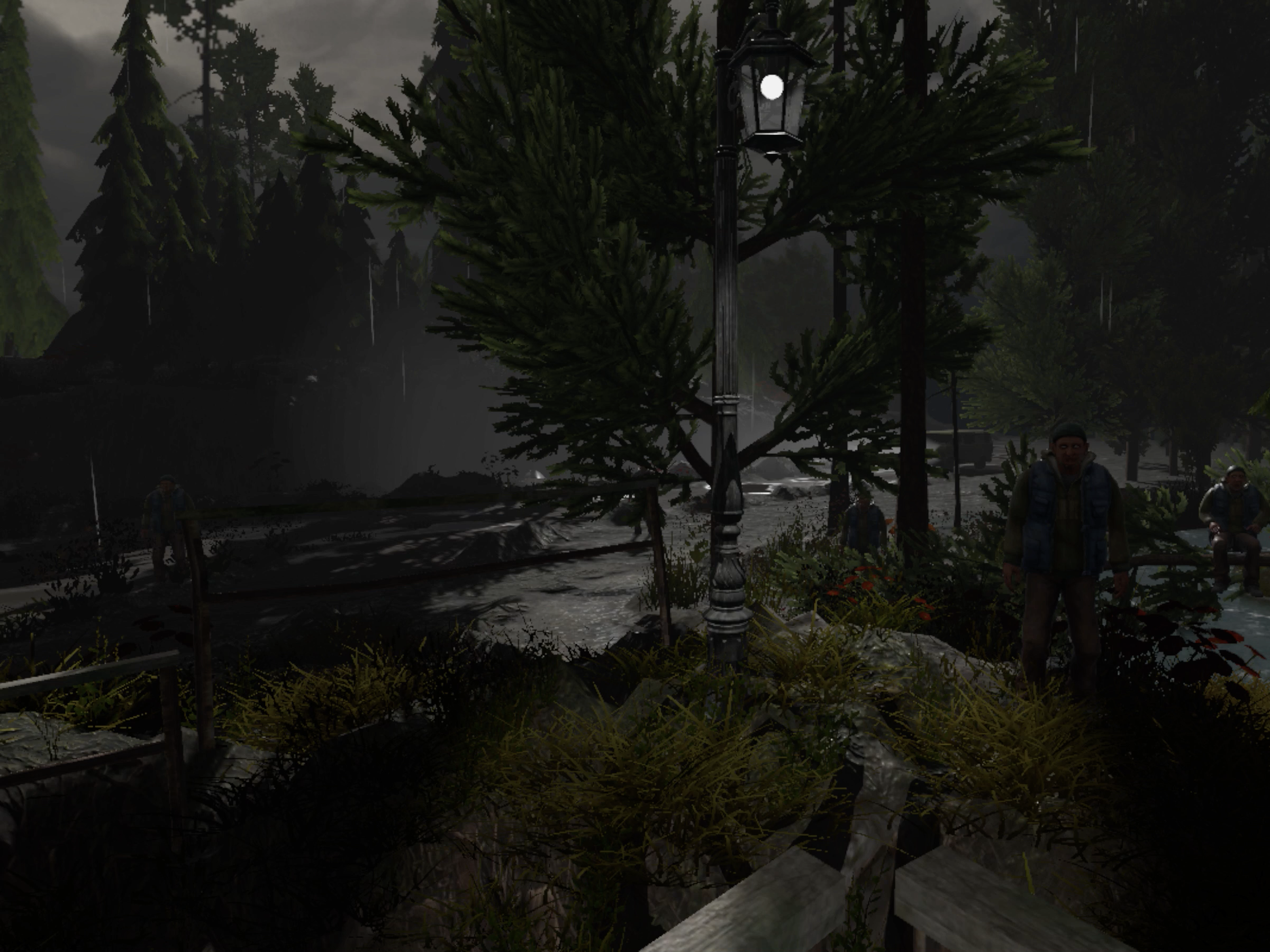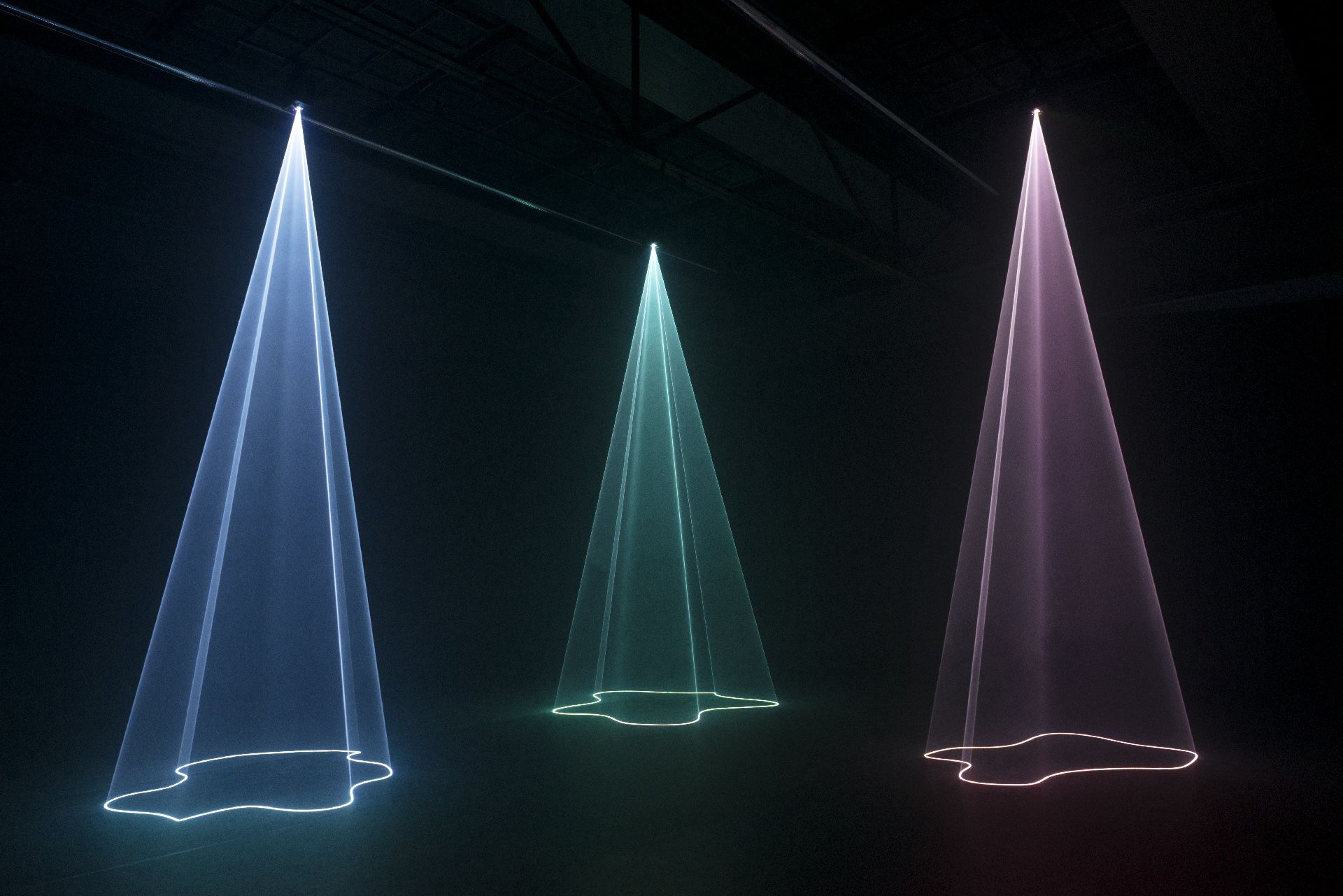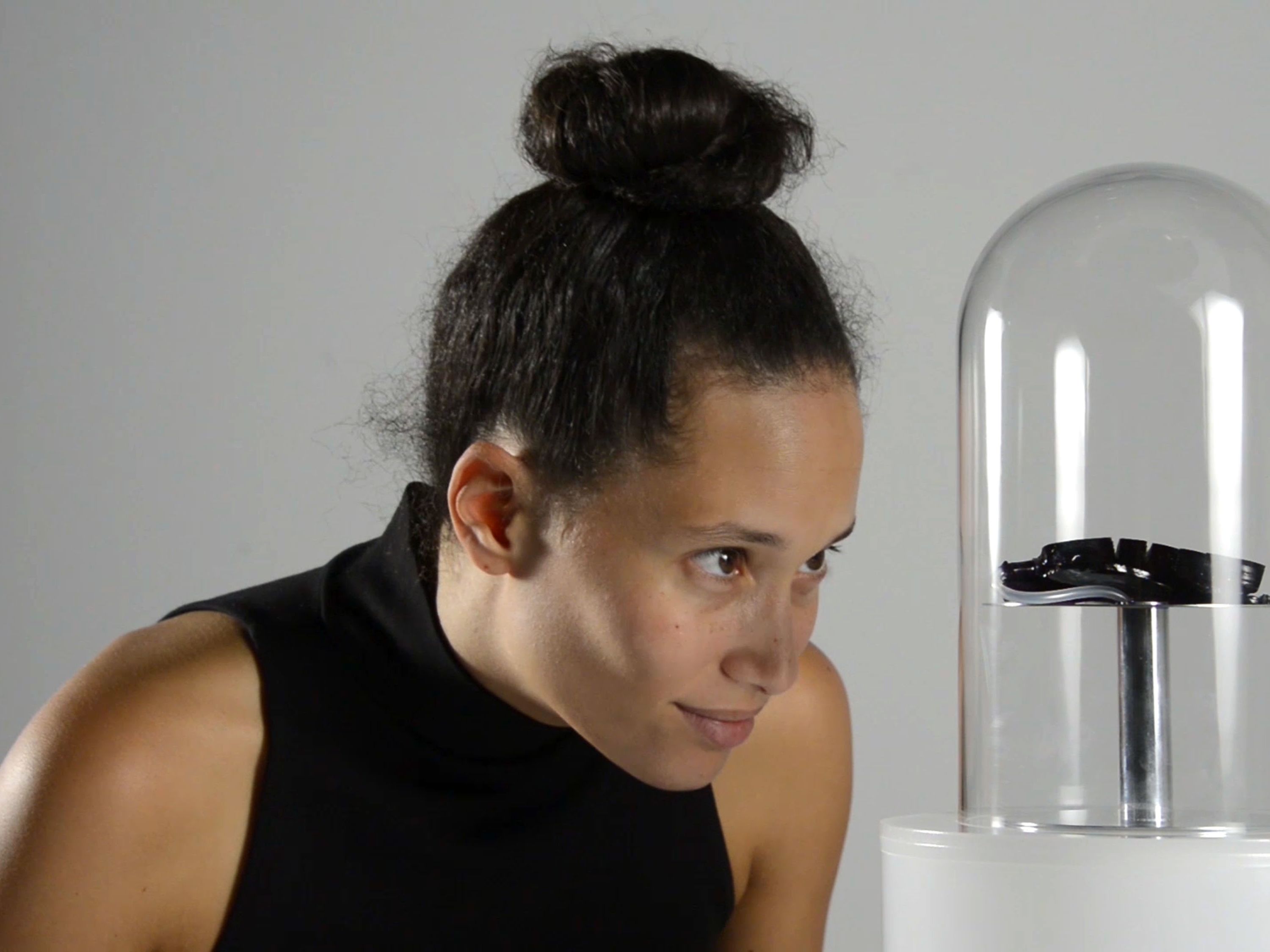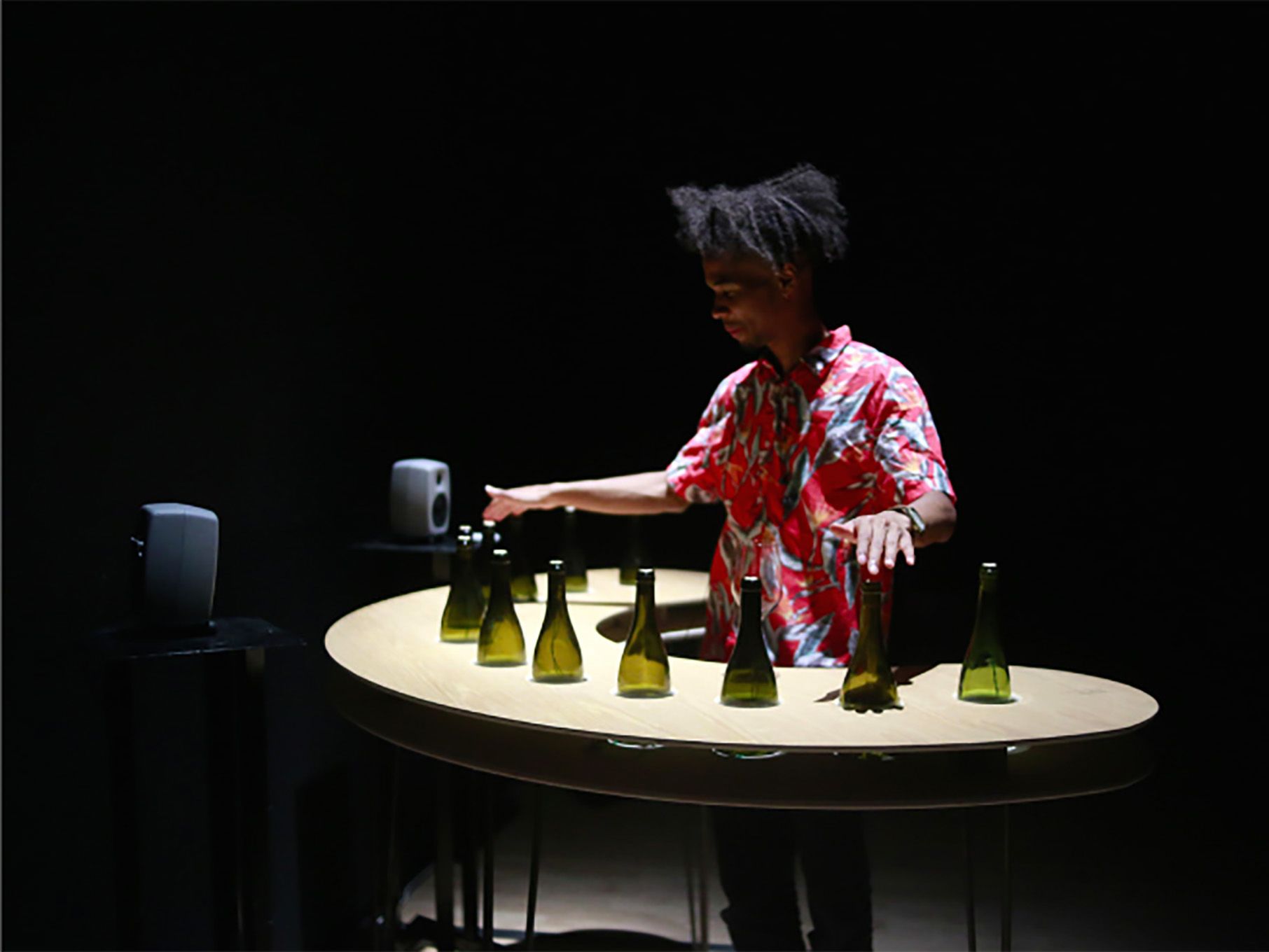
What is: User experience design?
London College of Communication tutor Oliver introduces you to the field of user experience design through graduating student projects from this innovative subject area.


Science, Technology, Engineering and Mathematics (STEM) industries are changing the face of the world we live in. They’re used in almost every aspect of our lives. We must become more technologically advanced – so we can better deal with the challenges we face – and STEM knowledge is vital to that. So, it is a case of ‘keeping up with technology’, rather than the Kardashians for the new digital era.
From the humble paintbrush to the 360-degree camera, and from stone sculpture to 3D printing…hell we now have Shadu the world’s first ever digital supermodel! The truth is that technology has long been providing creatives the world over with new ways to express themselves. This quick-change malarkey is nothing new to us creatives, darling.
Modernity and innovation are synonymous with creative practice, and so perhaps STEM would be more appropriately named STEAM; Science, Technology, Engineering, Art and Mathematics sounds more fitting for an ever-increasingly intertwined art and tech future. This exciting marriage of the two sectors is based on a mutual curiosity and desire to push forward and try something new. However there is also a degree of self-preservation involved, with both art and tech needing to target and engage with new audiences.
The perfect example of this lives in the work of the contemporary artist Nick Verstand. His multidisciplinary works explore human behaviour and perception through large-scale immersive art installations. Last year Nick created ‘Aura’, an audiovisual installation that reinterprets people’s emotions as undulating light compositions.
Just as paint is to a painter, digital artist Nick’s brush stroke is drawn with RGB lasers.
AURA
Video: ‘Aura’, Studio Nick Verstand. Film by Blitzkickers. Music composition by Salvador Breed.
Take a look at Studio Nick Verstand’s website
His installations and live performances investigated the audience’s emotional responses and were created in collaboration with the Netherlands Organisation for Applied Scientific Research. Nick’s work is created through collaborative design processes, thus overcoming any limitations of any single discipline. Further collaborations have included working with artists like Fatima Yamaha, onformative and Salvador Breed, plus he has exhibited at the Stedelijk Museum Amsterdam, TEDx, Design Society (CHN) and SXSW (USA).
If 2017 was the year of division with Trump, Brexit and austerity driving divisions between societies, 2018 will be the year of collaboration.
Collaboration opens the mind, opens the imagination and allows for us to grow within our craft. Through collaboration we can fill any gaps in our expertise and create big, bolder and better things.
The digital revolution will be:
Televised
Downloaded
Tweeted
Available in virtual reality

London College of Communication tutor Oliver introduces you to the field of user experience design through graduating student projects from this innovative subject area.

Insights editor Camille introduces us to some pioneering creatives who are exploring the technological area using our senses.

Jodie, Rosie and Tom introduce you to the world of interaction design through graduating student projects from this engaging subject area.